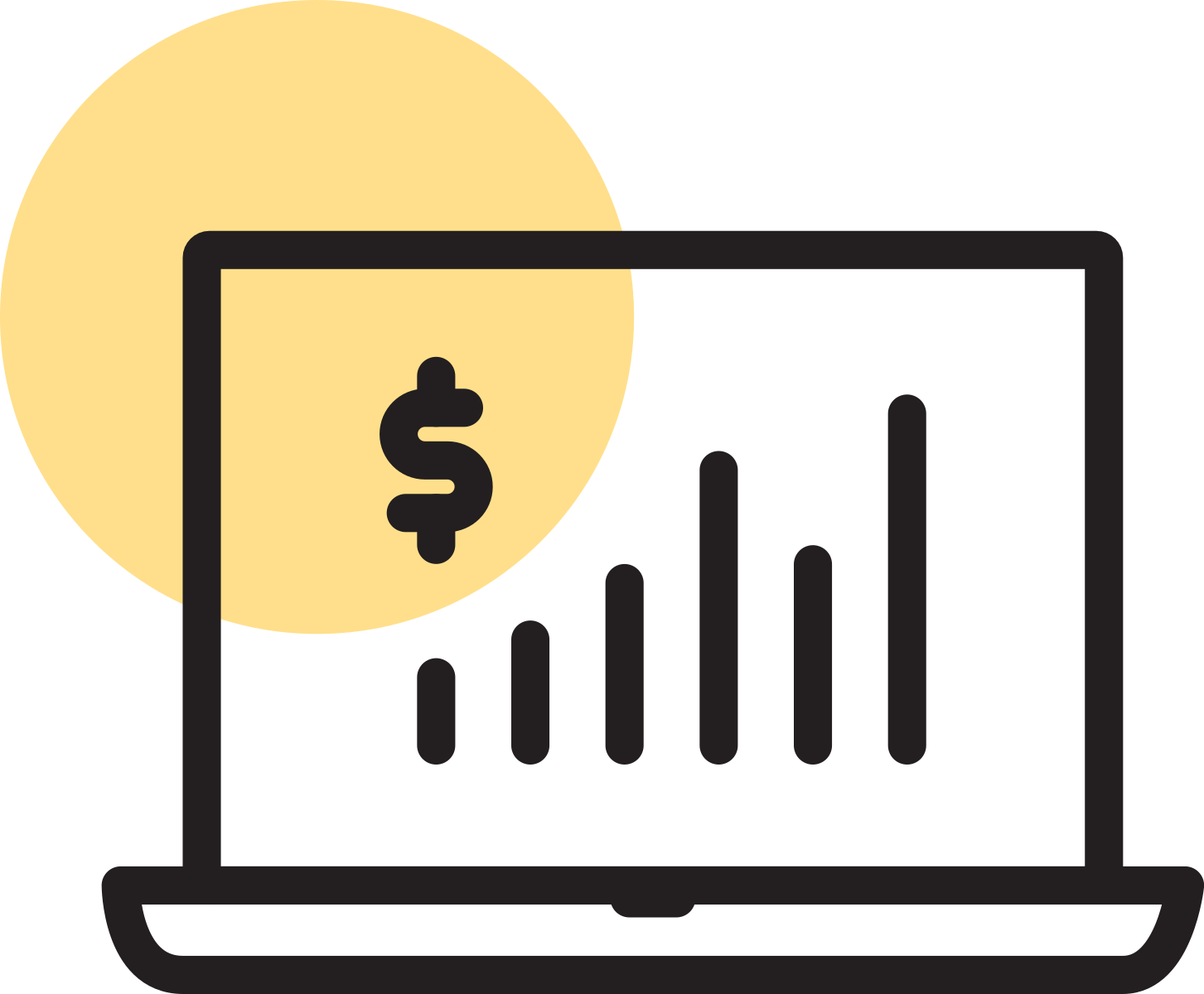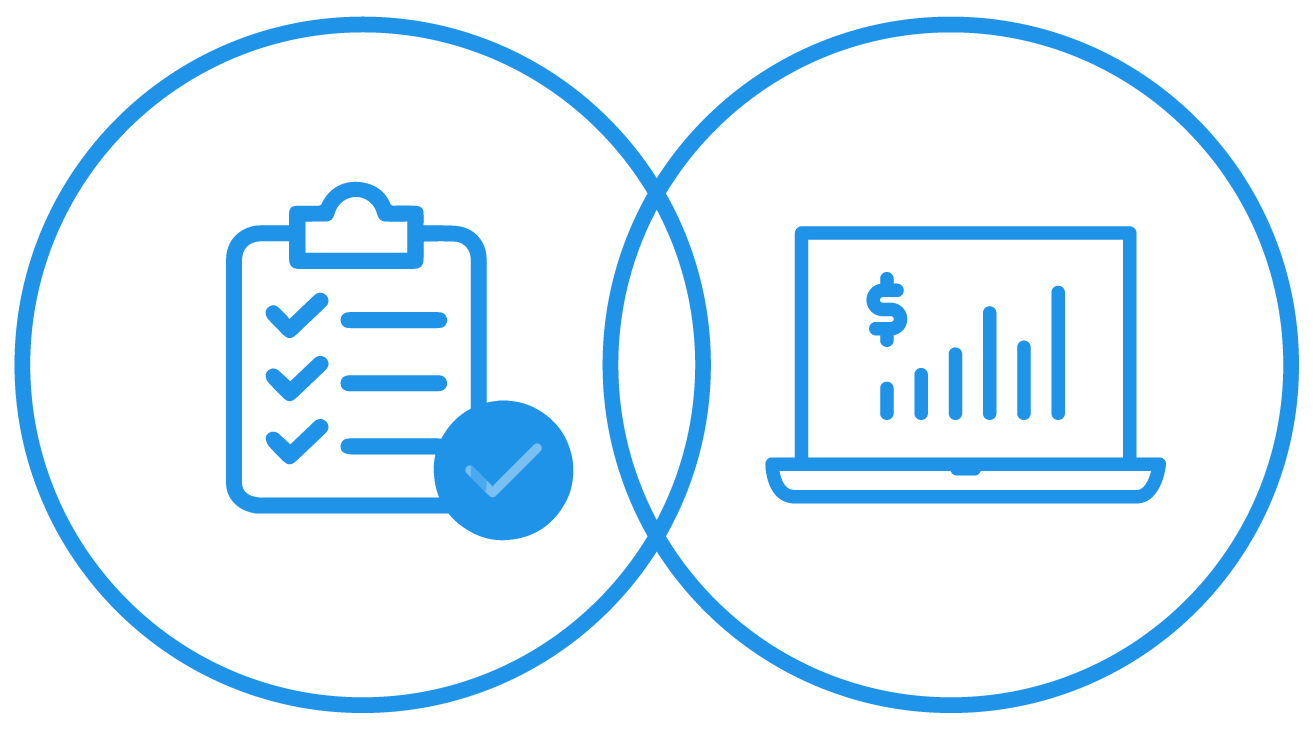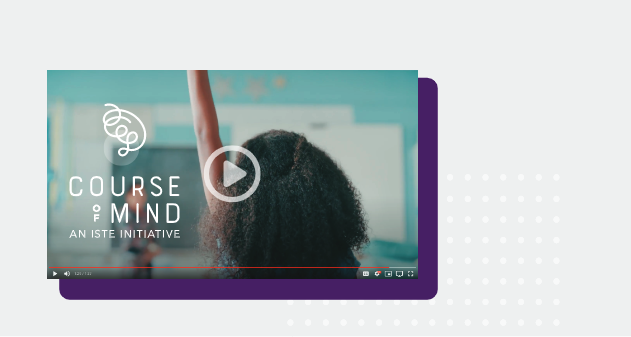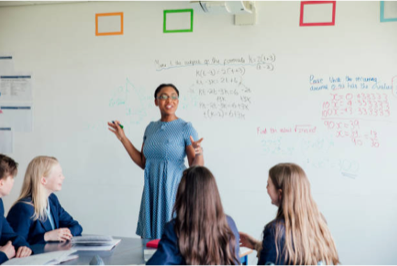Power the art of teaching with the learning sciences
The learning sciences serve as a research-based foundation for instructional practice and edtech selection.
The learning sciences make up an interdisciplinary field of research with the common goal of studying and understanding how people learn and how to apply this understanding to the design and evaluation of learning experiences. As such, the learning sciences can help teachers and education leaders think critically about learning interaction design as well as choice of resources, be it printed textbooks or digital tools.
Course of Mind serves education stakeholders at all levels

Educators
Turbocharge your teaching by building on existing practices to make learning more impactful.

Education leaders
Explore how learning sciences can improve instruction, edtech procurement and student learning outcomes.

Policymakers
Discover how state and local policy can increase educational impact and allocate funds for professional development and edtech.


Informing edtech selection
The Course of Mind toolkit provides a host of resources - grounded in the learning sciences - to help schools and districts choose the right edtech tools for their teachers and students.
Learn More
FACT & FICTION
Research is a continuous process and it can be difficult to stay current. Check out what the learning sciences tell us about the best evidence-based practices today.
-
Myth #1
Learners all have their own learning styles (e.g. visual, aural, kinetic), and teachers should adapt their teaching to each student’s individual learning style.
-
Learning Fact #1
Repeated studies show no evidence that students have a specific learning style. Educators should instead focus on using a mix of visual, aural and kinetic methods, chosen based on learning goals and topics.
-
Myth #2
Learners are either left-brain or right-brain dominant. The left side of the brain is the logical, analytical half while the right side of the brain is the creative and emotional half.
-
Learning Fact #2
fMRI scans reveal that we use both sides of our brain to carry out most tasks. People generally don’t show dominance of one or the other side of the brain.
-
Myth #3
Environments rich in stimuli improve learning of preschool children.
-
Learning Fact #3
While some stimulation is good, too much stimuli can distract learners and make it difficult for them to focus on the central message of the learning experience.



